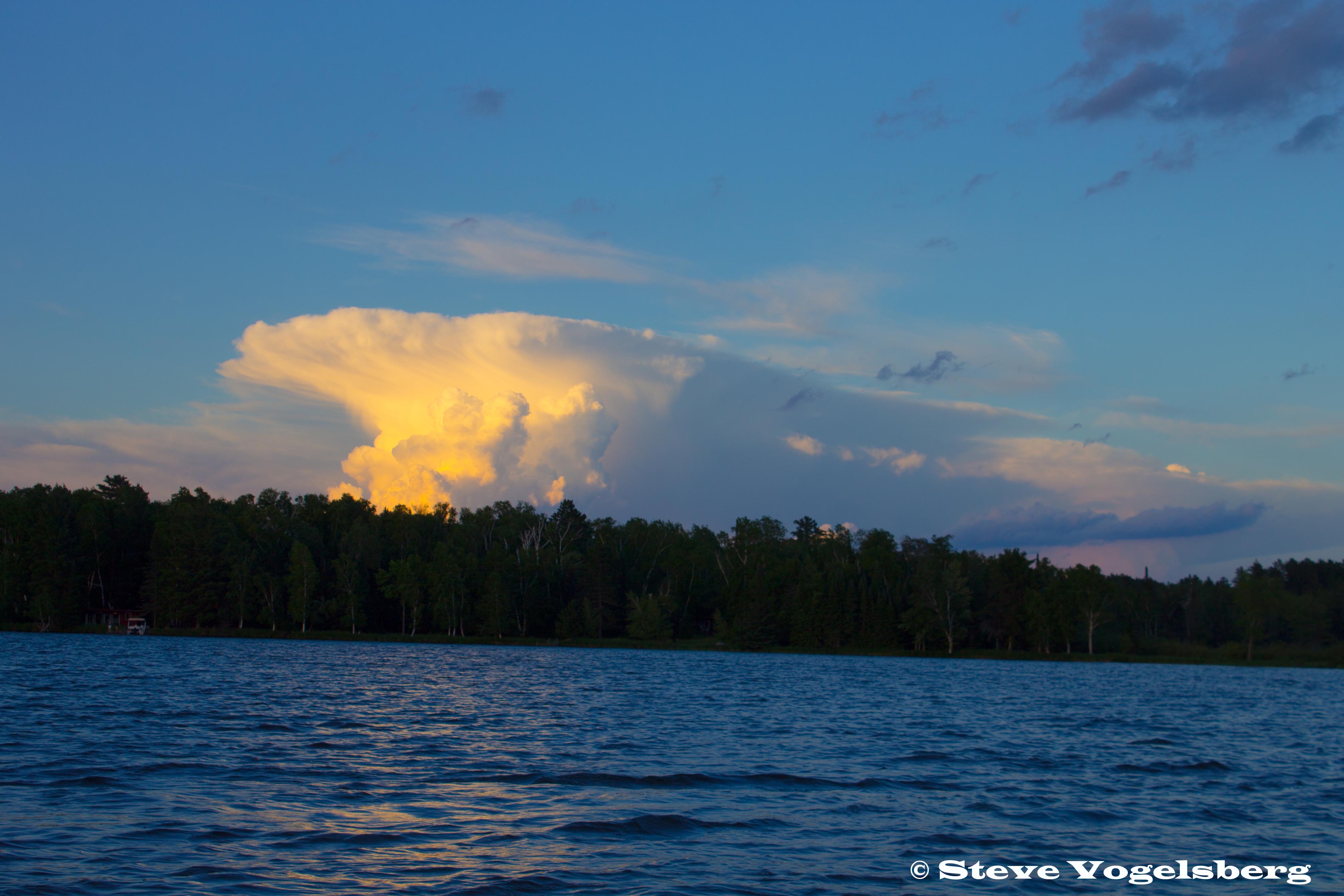

Y
|
|
 |
|
|
|
What Is A Thunderstorm? |
|
|
Hail Stronger thunderstorms contain hail. Hail is caused by water droplets rising in the updraft of a storm. Once they reach a certain level they start to freeze and get larger until they can no longer be supported by the updraft. This is when they fall to the ground. Hail is larger than sleet and falls only during thunderstorms. Hail falls in various sizes depending on the severity of the storm. Larger hail can cause damage to cars, windows, roofs, and other structures. Hail can also cause serious injury or death as they can be large size and can fall at speeds of 100 M.P.H. or greater. |
| Thunderstorm Facts |
|
|
References (Click for more information): http://www.nssl.noaa.gov/education/svrwx101/thunderstorms www.ready.gov/thunderstorms-lightning.html www.lightningsafety.noaa.gov/ |
|
Website Design © Northwoods Computer Services Website Material © McHenry County Storm Trackers & others. |